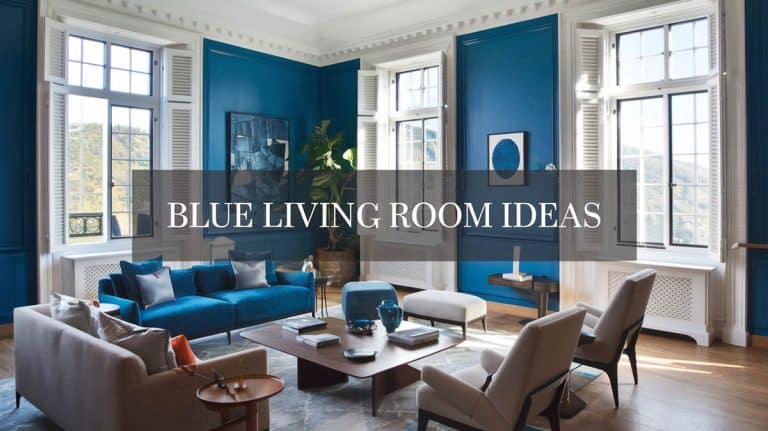10 Space Saving Small Living Room Layouts with a TV
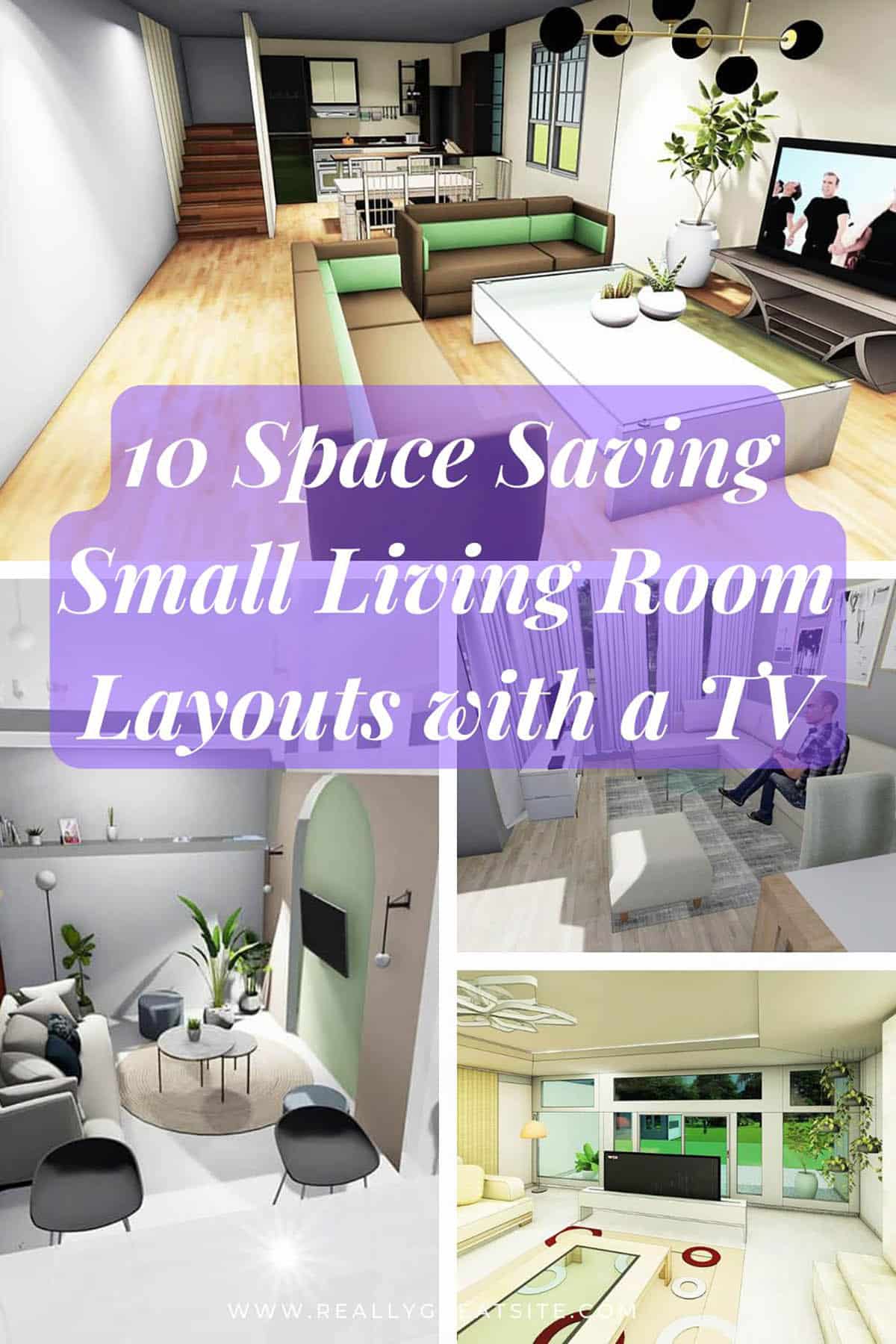
As our televisions get larger and wider, many households seem to have smaller homes, thus smaller living rooms.In this article, we will share with you 10 stylish, architect-inspired, small living room layouts with a TV that will maximize your available space.
Strive for Symmetry
The simplest and most effective way to maximize your small living room without compromising on a large television is by aiming for symmetry. If you have a rectangular or square room with typical straight walls, it’s easy to organize your space with symmetry in mind.

First off is to choose a focal point. The TV is usually your focal point; however, don’t forget other architectural elements that may dominate the space, such as a fireplace or an arched area.
Two Focal Points With Wall Mounted TV
A symmetrical layout is not for every living room space, you may need to create two focal points and have an asymmetrical layout. This is most applicable if your living room also functions as a family room. Create a conversation area facing your fireplace. This can be club chairs slightly facing each other with a small coffee table at the center with the three elements facing your fireplace.
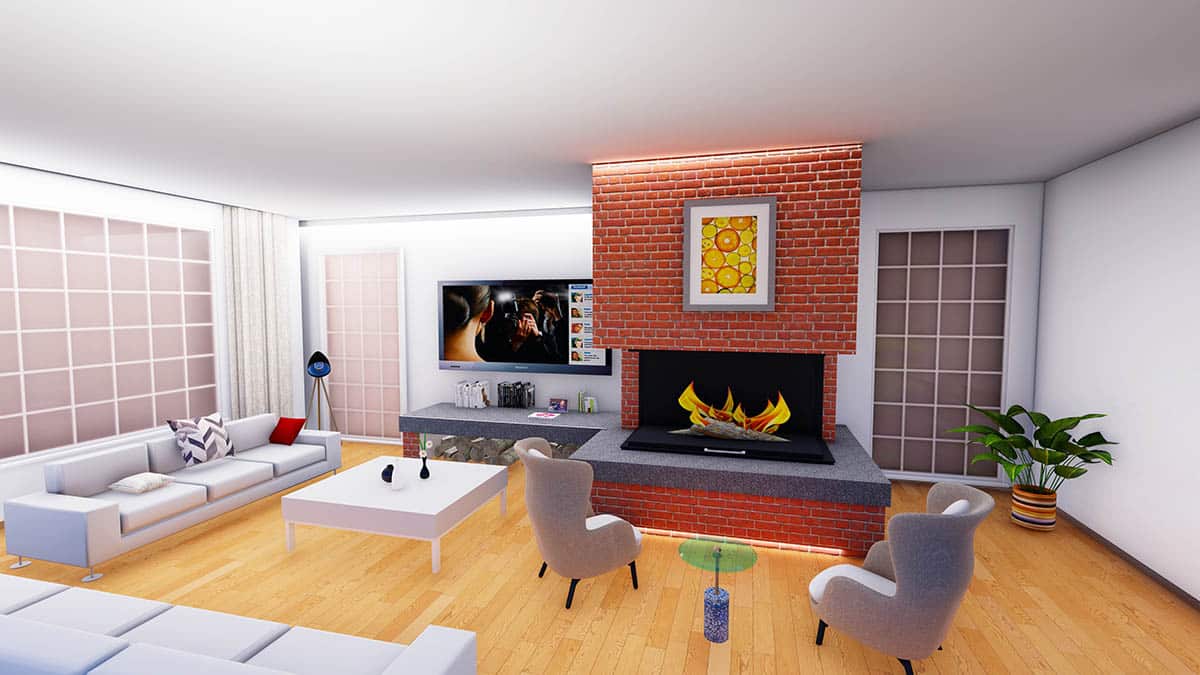
Meanwhile your sectional sofas with a larger center table positioned to face the wall mounted television. You can also position your television in the corner of the room if you have the fireplace at the center of the room.
Use Furniture with less Visual Weight
If you’re still in the process of finding furniture for your living room or have the budget to replace some of your existing furniture, then look for those that have sleek or slim profiles. The unobstructed sight and air help in creating a sense of spaciousness and openness as there is visual continuity.

Think wire-frame chairs or glass tables to allow light to pass through, preventing dark spots or shadows in certain places in a room. Though you’re not required to have all your furniture in slim and sleek designs, you can incorporate them with bulky items such as the sofa or armchair since they are living room staples.
Create a Backdrop for Your TV
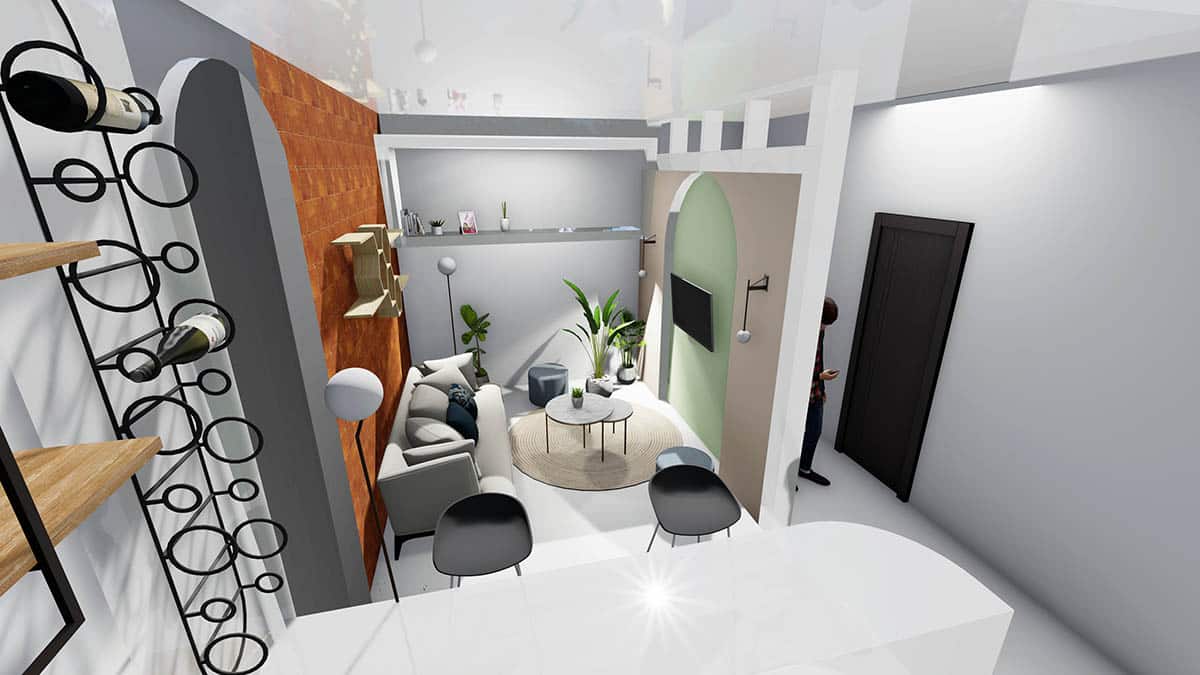
The lone TV on a wall is a common scene for many households. While it does save space, it can sometimes look out of place, especially with its dark rectangular screen against a light-colored wall. Add a backdrop behind your TV if possible; stretch it out to visually extend the screen, but choose artwork or design with main colors in dark hues that are close to your black or blue color. If the theme allows, you can also use a drapery or tapestry to hide your TV when not in use.
Consider Floating Furniture
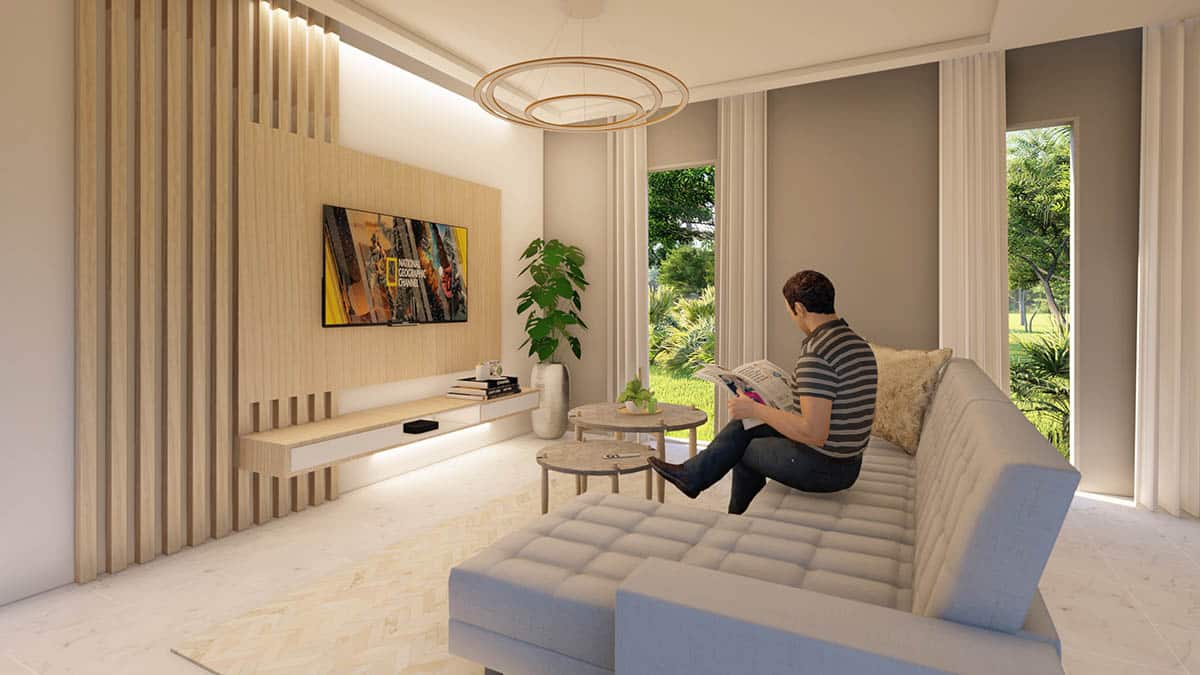
In addition to integrating furniture with less visual weight, floating furniture is a good example of sleek and clean furniture that utilizes vertical space. A floating console underneath a television grounds the electronic device and extends its visual scope, making it work as a focal point and preventing it from looking out of place. Floating entertainment consoles also leave a space between the console and the floor, which is an opportunity to hide away wiring or add extra hampers or ottomans for extra storage. It also leaves a cleaner look and gives visual balance to the boxy frame of the TV.
Choose an Open Layout
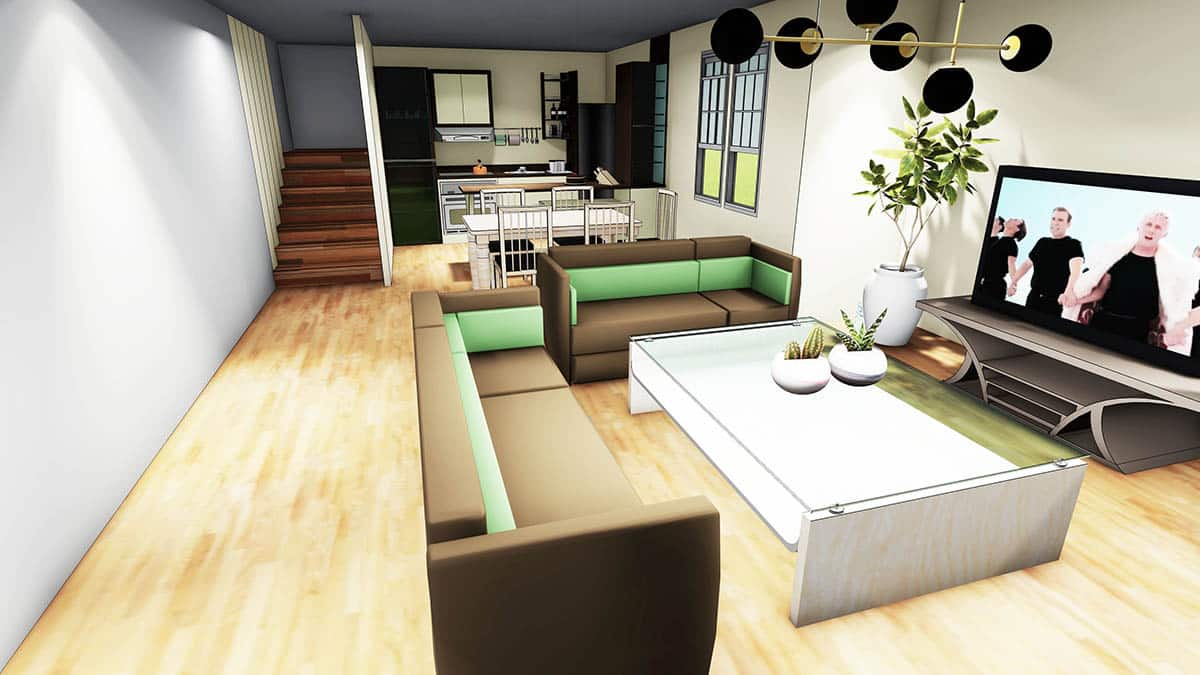
Having a small room doesn’t mean you can’t follow an open-space layout. The tendency of homeowners with small rooms is that they tend to move their furniture pieces against the wall which can limit movement. To give a room the impression of space and separate traffic routes around the furniture or through the room without disturbing conversations.
Build Around Your Television
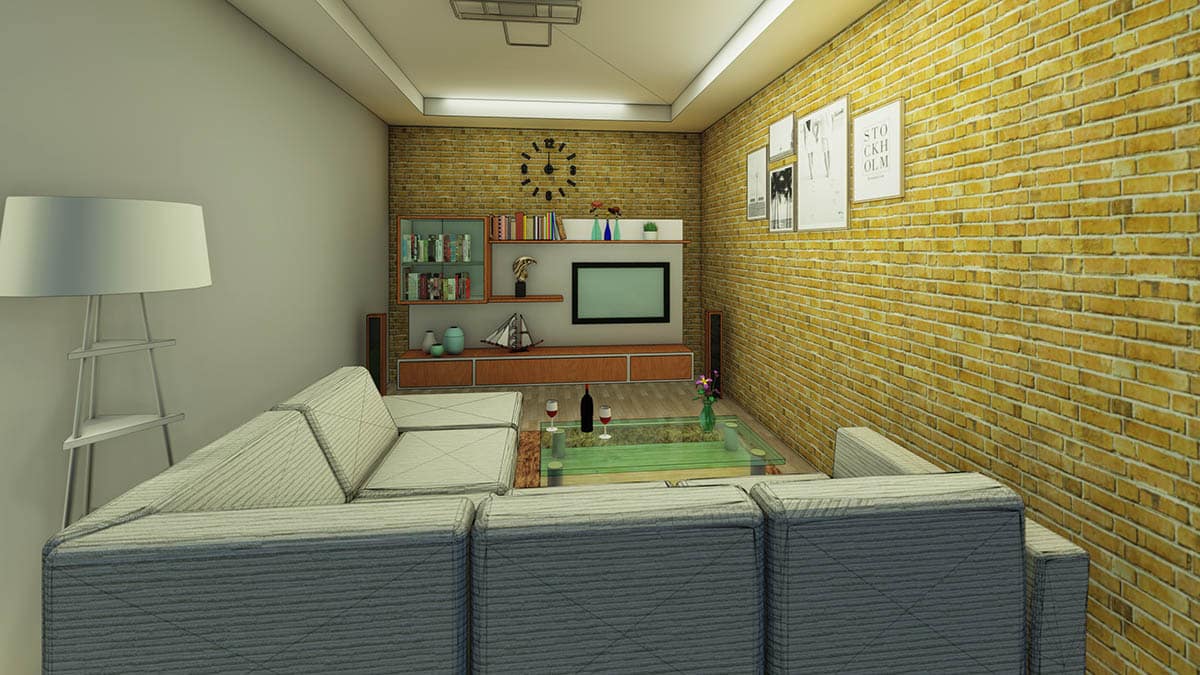
Probably considered the classic layout for rooms with televisions is to build around your television. This way, you can have a spacious storage and showcase area while keeping the TV a part of the interior. A storage cabinet that also serves as an entertainment console is an excellent option. Going vertical with storage helps save floor space in a cramped area.
Additionally, you can redirect the attention by decorating around your television when it is not in use by using lines around your TV, such as vertical slats that add texture to your interior, or horizontal stripes, such as bronze insets in plaster.
Go Modular with Your Furniture
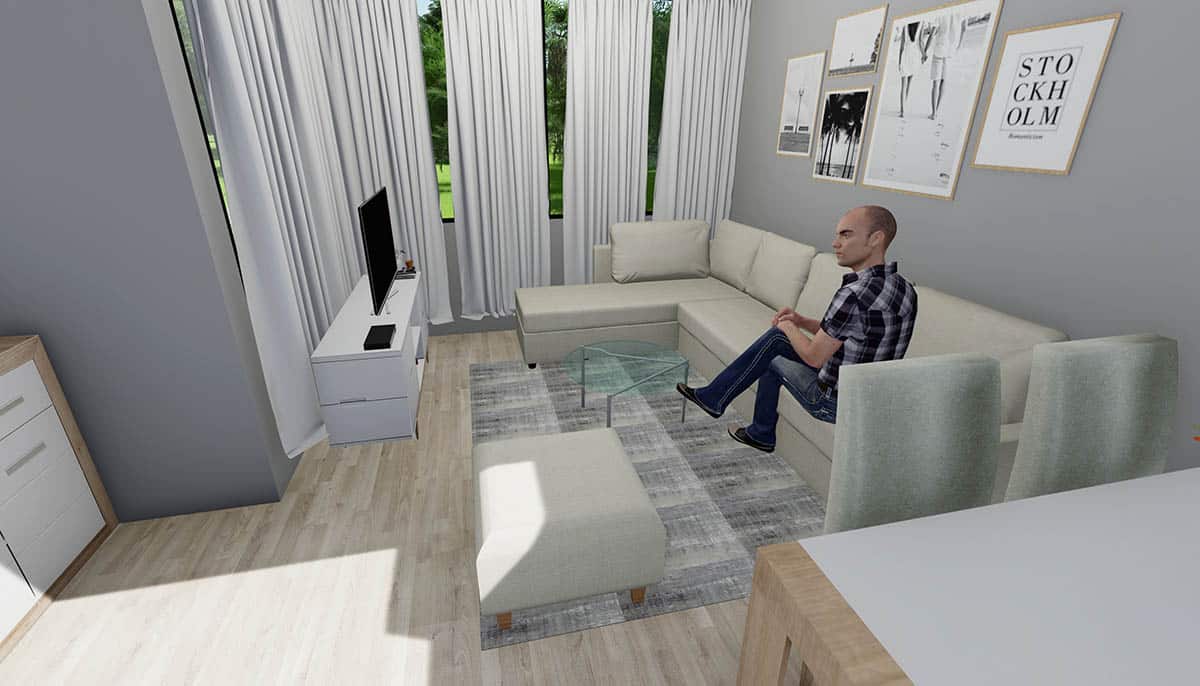
Choose furniture that can be rearranged in certain configurations depending on your needs. A good example is the sectional sofa set that can be reconfigured and detached from its pieces to fit a square foot. Most modular furniture has a square profile that can be stacked on top of each other or placed side by side.
Rollable TV and Frame TV
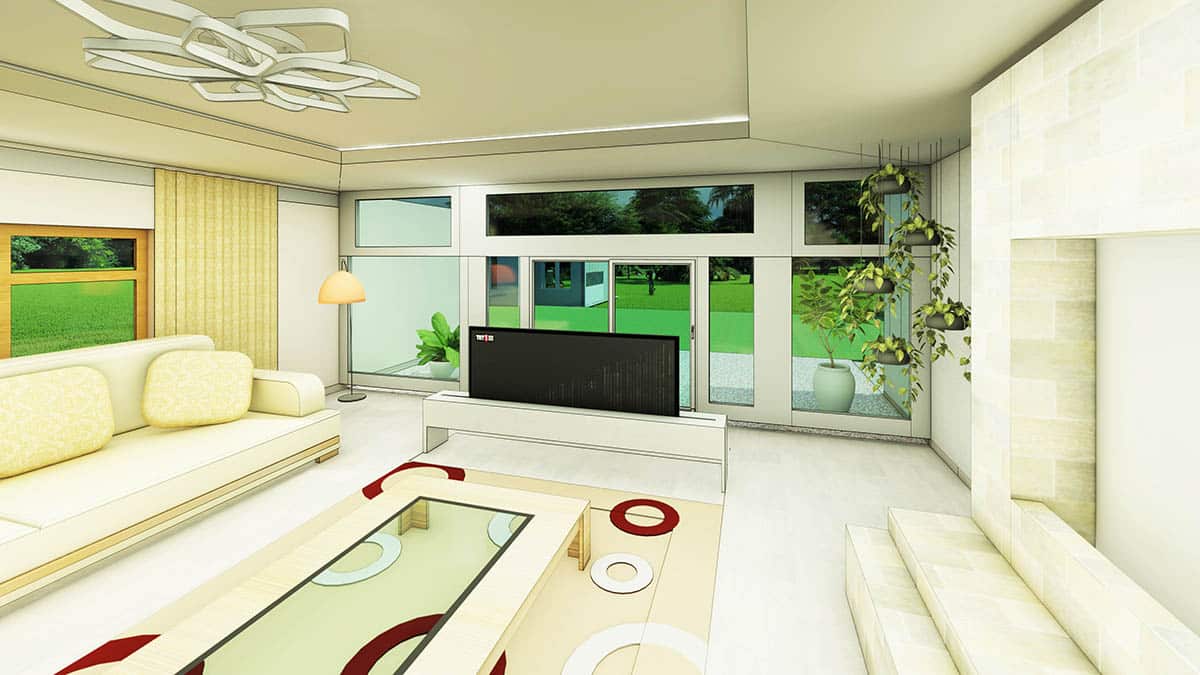
If you’re planning to get a new television and have the budget, you can opt for rollable TVs or frame TVs. A rollable TV is a smart TV that slides into a sleek entertainment console cabinet when not in use, slides up back, and stretches like a typical flat-screen TV when in use.
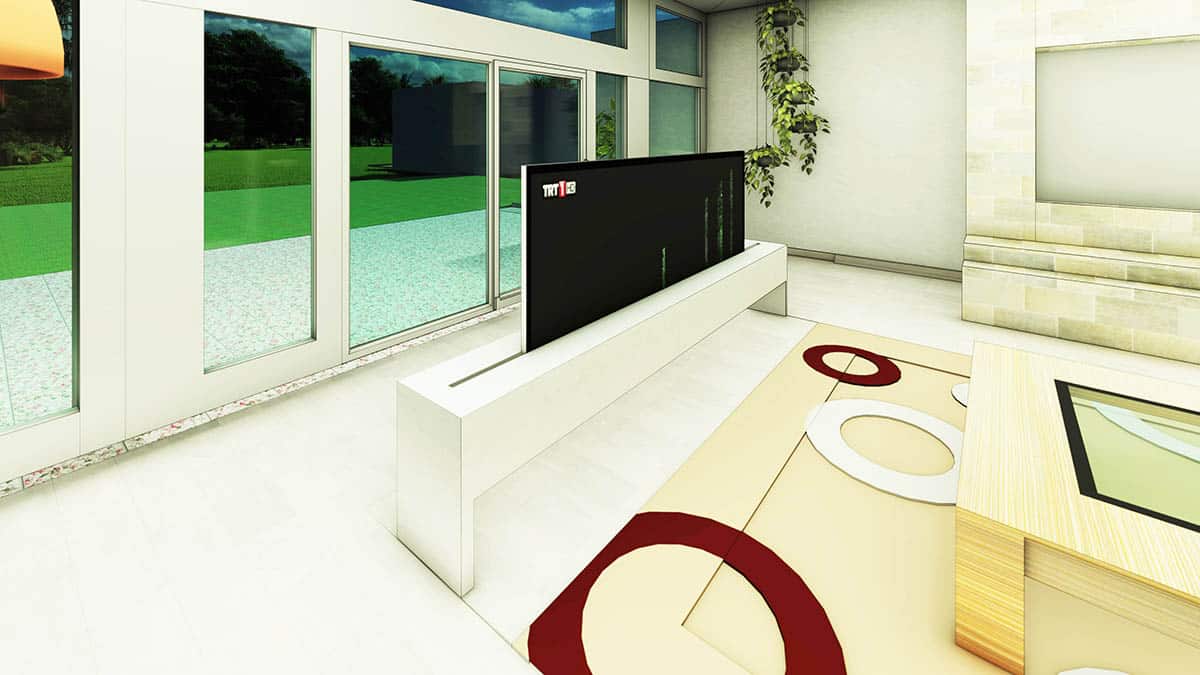
This saves space and won’t get in the way when you have a different function in your living space other than watching TV. The Frame TV, meanwhile, is a new product by a known TV brand that disguises itself as a real painting when not in use, and when turned on, the screen switches into the typical TV screen. Because of the sleek frame, it can camouflage itself as an artwork amid a gallery of framed paintings. There are also movable stands that allow you to change the positioning based on your needs.
Scaled Down Furniture and Accessories Plus Digital Photo Frames
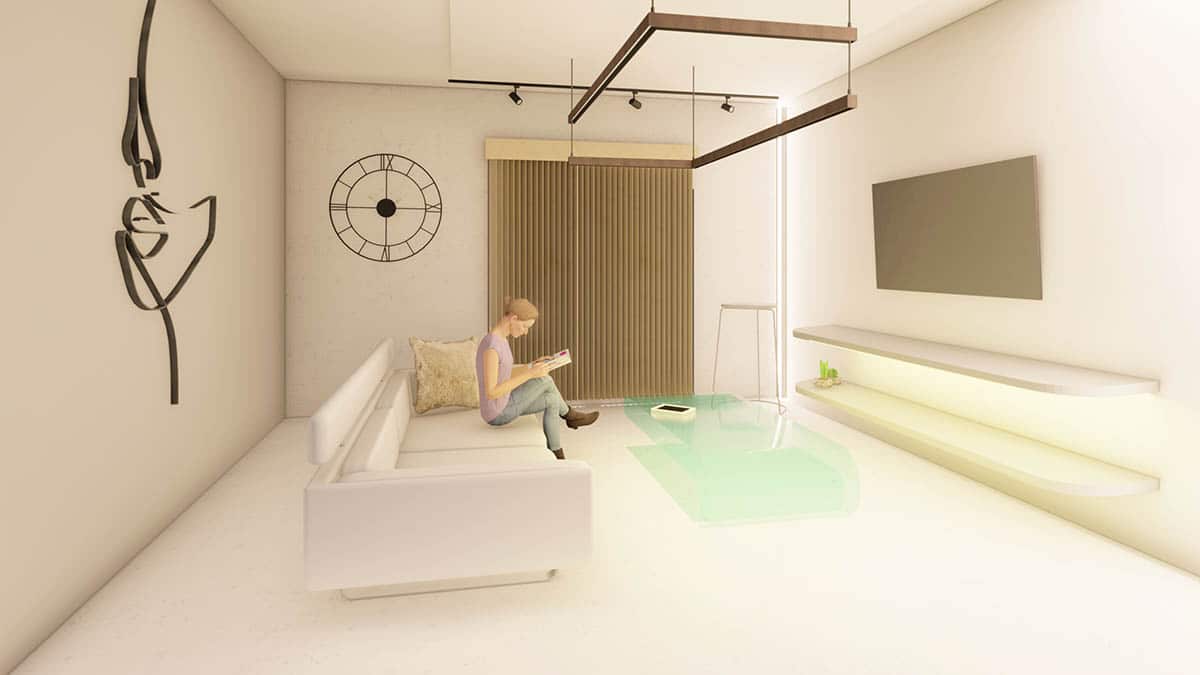
Minimalism may be one of the more effective ways to save space, but it is not for everyone. Instead, why not choose furniture that takes up minimal square footage? For instance, use a bite-sized cocktail table instead of your normal-sized center table.
Using fewer accessories and décor can also allow your living room to breathe. If you love showcasing photographs, you can opt for a digital photo frame that can be displayed anywhere in the living room. Much like the computer screensaver, it functions like a slideshow. This way, you get your sentimental images integrated into your living room without stuffing photographs on every wall space.






